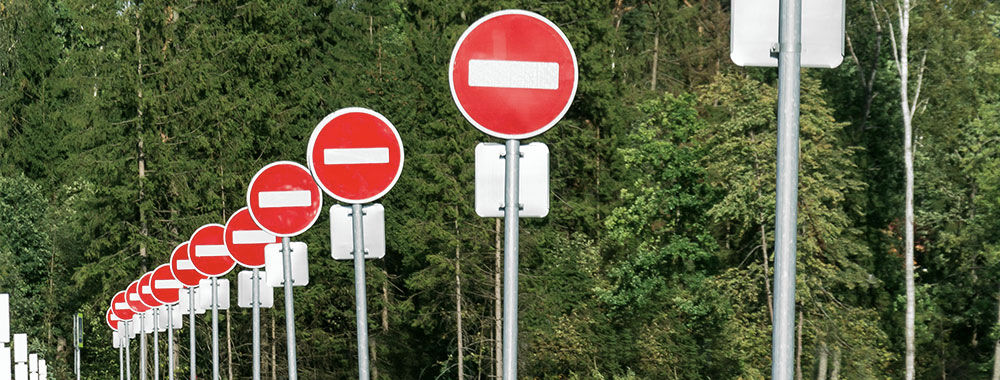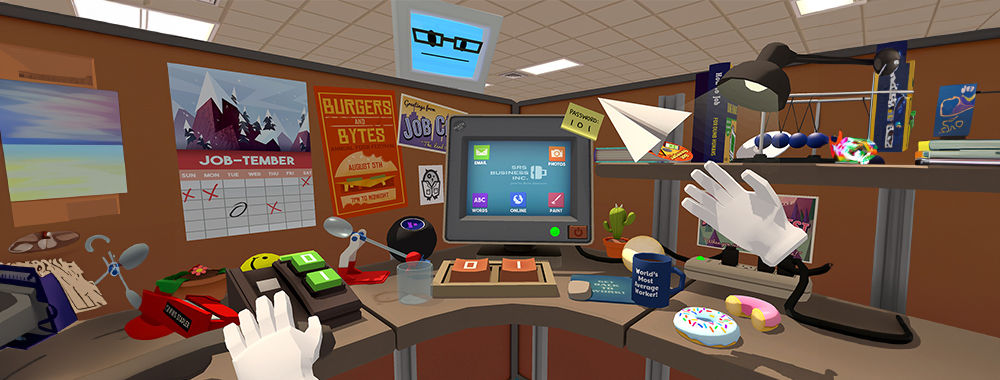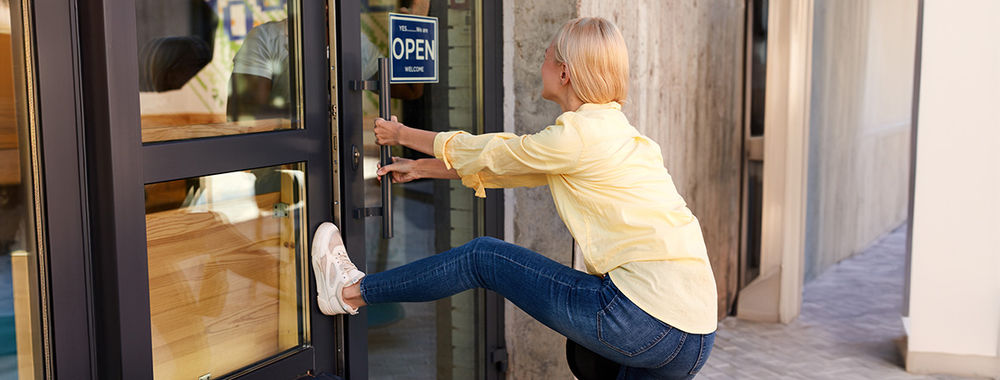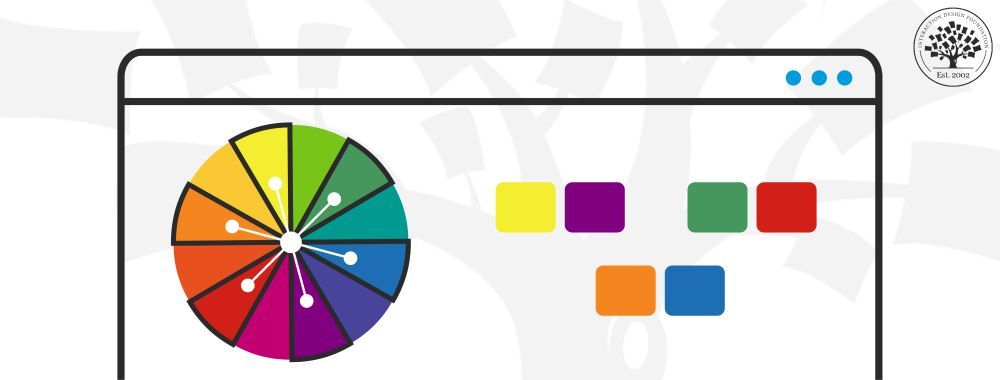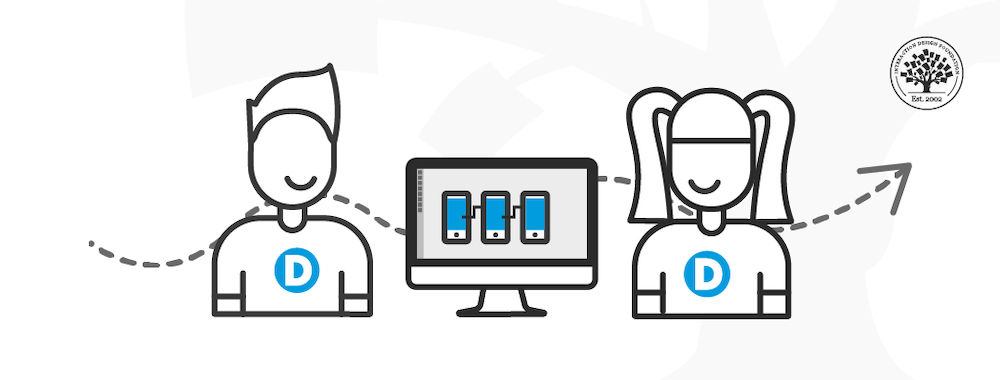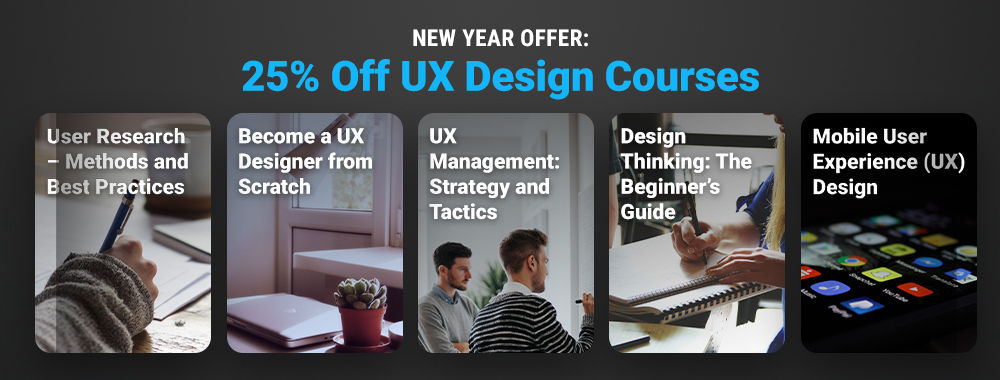Face-to-face or door-to-door marketing is the act of going from one business (or household) to another physically in order to sell your services. Face-to-face marketing may seem like a nerve-wracking thing to do for the new entrepreneur or freelancer. However, when done right, it’s a very powerful way to build a business. If you know how to do face-to-face marketing—you can decide whether it’s something you want to implement in your business or not.
One area of marketing often neglected by first-time freelancers and entrepreneurs is face-to-face or door-to-door marketing. Yet, it’s a form of marketing that can bring immediate results and is often much easier for first timers than telesales (which is perhaps the most immediate form of selling available to start-ups).
Is Door-To-Door the Right Approach For You?
Door-to-door works best when you have a service that can be used widely in your local business community. So, for example, graphic design, web design (and development), copywriting, photography, etc. are all services that you’re likely to find local buyers for.
Other services, such as UX design, for example, may not be as suited for door-to-door marketing (unless you live in a software development hotspot).
If you’re going to use face-to-face marketing, you need potential clients whom you can visit. In the best cases, those clients will be closely geographically grouped. Web designers who specialize in retail sites, for example, are going to find the high street of their local town a great place to get started on face-to-face marketing.
How Do You Get Started Doing Door-to-Door Marketing?
You visit the business premises of potential clients, without an appointment. You ask to speak to the person who deals with your service.
If that person’s there and will speak to you, pitch him/her for a meeting or leave information and arrange to call back, or even, if the person has the time, pitch him/her for your services on the spot.
If the person’s not there and may speak to you, get his/her business card and then try to make an appointment to come back and talk or drop off information.
If he or she doesn’t want to speak to you and you can’t get a card, leave marketing materials and your card, asking the person you are dealing with to pass it on to the potential buyer.
That’s pretty much it. The key to this kind of marketing is not to come across as someone on the “hard sell” but to introduce yourself as a neighbouring business (e.g., local – not next door necessarily) and to start a dialogue.
You may find that you arrive just as they’re looking for your services or that they’ve been thinking about using a similar service for years but never got around to acting on it. In other cases, they may not need your service. However, if you represent yourself and your business effectively and professionally, you will almost certainly find it leads to work in the long run.
The bigger the place in which you live, the more door-to-door opportunities you are likely to have.
Always follow up on any door-to-door call with a telephone call to increase—and dramatically so— your chances of closing business.
 Author/Copyright holder: Guillaume Paumier. Copyright terms and licence: CC BY-SA 2.0
Author/Copyright holder: Guillaume Paumier. Copyright terms and licence: CC BY-SA 2.0
Most business-to-business door-to-door marketing doesn’t take place on the doorstep. It takes place in someone’s office, but it can take place on the doorstep, and it’s best to be prepared to hold a conversation anywhere.
One Last Thing – Personal Safety
I’ve done plenty of door-to-door marketing to businesses and never had so much as an angry response. However, it’s best not to take any chances when you’re putting yourself into someone else’s space. The following advice may not be necessary to apply in your local area or in your country at all. But if you’re in doubt, take the following necessary precautions:
Don’t go into any setting that makes you feel uneasy.
Do ensure that someone else knows your calling route before you leave and that you check in with that person when you’re finished.
Do carry a phone with a GPS tracking service.
Don’t be afraid to leave any premises where you are made to feel uneasy or if someone becomes rude or abusive.
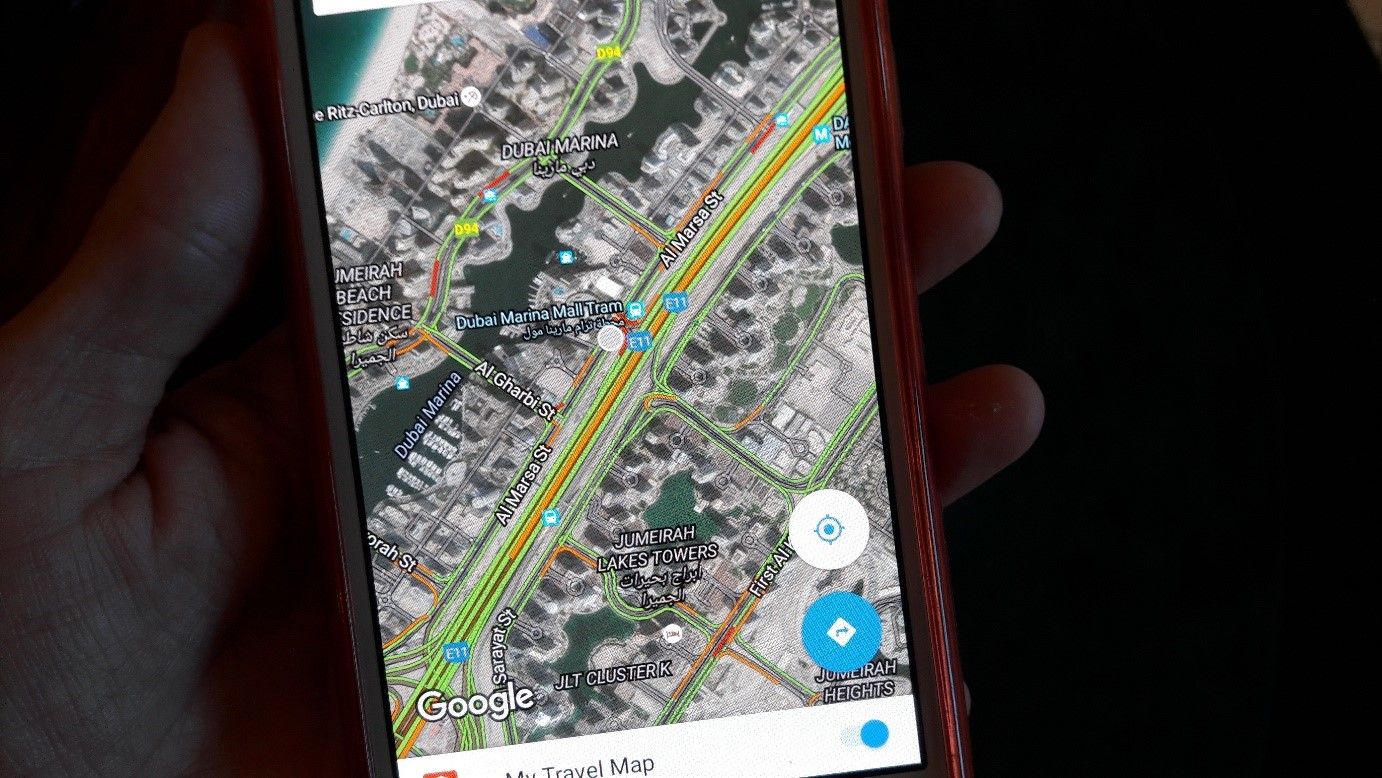 Author/Copyright holder: Rikke Friis Dam and the Interaction Design Foundation. Copyright terms and licence: CC BY-NC-ND
Author/Copyright holder: Rikke Friis Dam and the Interaction Design Foundation. Copyright terms and licence: CC BY-NC-ND
GPS can be a handy navigation device when going door-to-door, but it can also be used for personal safety. Make sure your phone has GPS which can be tracked by a friend, family member or business partner just in case.
The Take Away
Face-to-face marketing is highly effective but needs to be conducted with a sensible regard for personal safety. Make sure that there’s a decent sized market for your services in a location before conducting face-to-face marketing work; otherwise, it’ll be a lot of work without sufficient rewards.
If you find it hard in the early days of doing door-to-door marketing, you might want to remember Thomas Edison, the famous inventor’s advice: “Our greatest weakness lies in giving up. The most certain way to succeed is always to try just one more time.”
References & Where to Learn More
Hero Image: Author/Copyright holder: Chris Goldberg. Copyright terms and licence: CC BY-NC 2.0
See Thomas Edison’s quotes in full on Wikiquote here.
See some tips for door-to-door sales here.

